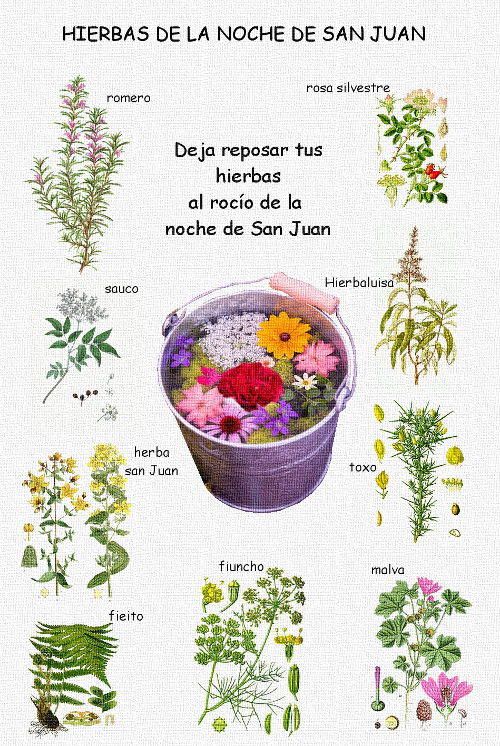In the Valencian Region there is a wide and ancient popular musical tradition. From the Municipal Musical Bands to the multitude of groups of friends who decide to create an urban music band.
In Valencia we have our own instruments.
Dolçaina
Dolcaina is a double-tongued wind instrument belonging to the oboe family. It consists of a conical tube about 30 centimeters in length in which there are 7 holes. This instrument is typically used in traditional Valencian music.
Tabalet
The tabal or tabalet is a cylindrical percussion musical instrument, with two membranes – usually leather – that emits an indeterminate sound. There are of all sizes, although the tabalet is usually a drum of medium dimensions, which can be hung around the neck.
The tabalet pairs with the sweetness in the interpretation of the Valencian Song and both are useful instruments to musically liven up any street party
Tradition of music bands
Valencia collects a long musical tradition in its municipal bands and music schools that, over the years, train more than 60,000 students from the different Valencian municipalities. In addition, they play an important role in preserving and enhancing Valencian heritage through their popular traditions and festivals such as the Fallas.
More than 500 musical societies grouped by the Federation of Musical Societies of the Valencian Region (FSMCV), represent approximately half of those existing in Spain and bring together 40,000 musicians and more than 200,000 associated members.
As is normal throughout Spain, the Valencian community is very rich in typical music and dances. Almost every town has its own, which is surely minimally different from others. The most popular are the Jacks and the «dawns».
Popular songs from the Valencian Region
Next we want to take a tour of five of our most popular songs to discover the richness of traditional Valencian music.
La manta al coll
A song that everyone knows in Alicante is undoubtedly «La manta al coll», a song with a humorous touch, original from this province.
https://www.youtube.com/watch?v=8b33EFWxYrI
Tinc una barraqueta
The lyrics are about a small barracks, a typical Valencian construction, and its owner describes what it is like: without ceiling, which gives it the sun, is small, with a wardrobe…
https://www.youtube.com/watch?v=Dh7hhqSYzMA
Ramonet, si vas a l’hort
With fuzzy origins, this song can be known by other names rather than Ramonet such as Pasqualet, Masseret, Miquelet… but in all the rest of the lyrics he tells us about a country man, who asks him that when he goes to the orchard he brings figs and apricots. It is a much-loved song at parties, and is played with traditional instruments: dolcaina and tabalet.
https://www.youtube.com/watch?v=lbP2fpIV6A0
Pasodoble Xàbia
A song that is not only played in the rest of Spain but has reached places as remote as Mexico, Bolivia or Ukraine is the Pasodoble Xàbia, one of the best known and performed in Spain. Created by composer Salvador Salvá in 1976, this song has been named after the population practically on 5 continents.
https://www.youtube.com/watch?v=eYJDYDmLtHI
Tio Pep
Uncle Pep is the protagonist of this popular song with the same name, perhaps one of the most famous and covered of the Valencian Region. The lyrics tell us the story of a Valencian labrador who goes to the village of Muro to buy himself a tartan and a donkey so that he can till his orchard.
https://www.youtube.com/watch?v=qrn8Sc0Pd6Y
Music groups, urban bands
The rooting of music in the Valencian Community has also led to the emergence of numerous urban music bands; many of the groups have crossed the borders of the community and are a reference of music in Valencian or Catalan.
The most popular ones:
La gossa Sorda
La Gossa Sorda was a Valencian musical group that singed in Valencian from the town of Pego, in the province of Alicante. Among the styles of music they encompass are rock, punk, reggae, and Sandx, with the use of many Mediterranean rhythms and other influences.
Obrint Pas
Obrint Pas was a Spanish music group from the city of Valencia. His music is a fusion of ska, rock and some elements of punk with traditional Valencian melodies and instruments among which the dolcaina stands out.
Aspencat
His style has been based on ska, reggae and drum and bass, but in their latter stage they have advanced towards more electronic rhythms where you can see the presence of dubstep. They have thus achieved their own style by combining electronic sounds with the style that has prevailed until then.1 They were one of the most representative bands of the Valencian Region.
Zoo
Valencian musical group born in 2014 in Gandía that focuses on rap, breakbeat, reguetón, rock and ska, mixed with electronic rhythms. The lyrics of the songs deal with current political and social issues.
El Diluvi
El Diluvi is defined as a modern folk music group that fuses different musical styles, such as cumbia, reggae, rumba, folk and traditional and Valencian-rooted music. With Mediterranean instruments such as violin, bandurria, diatonic accordion, flamenco guitar, guitar and percussion of all kinds, they create a new style they call Mediterranean Mestizaje.





